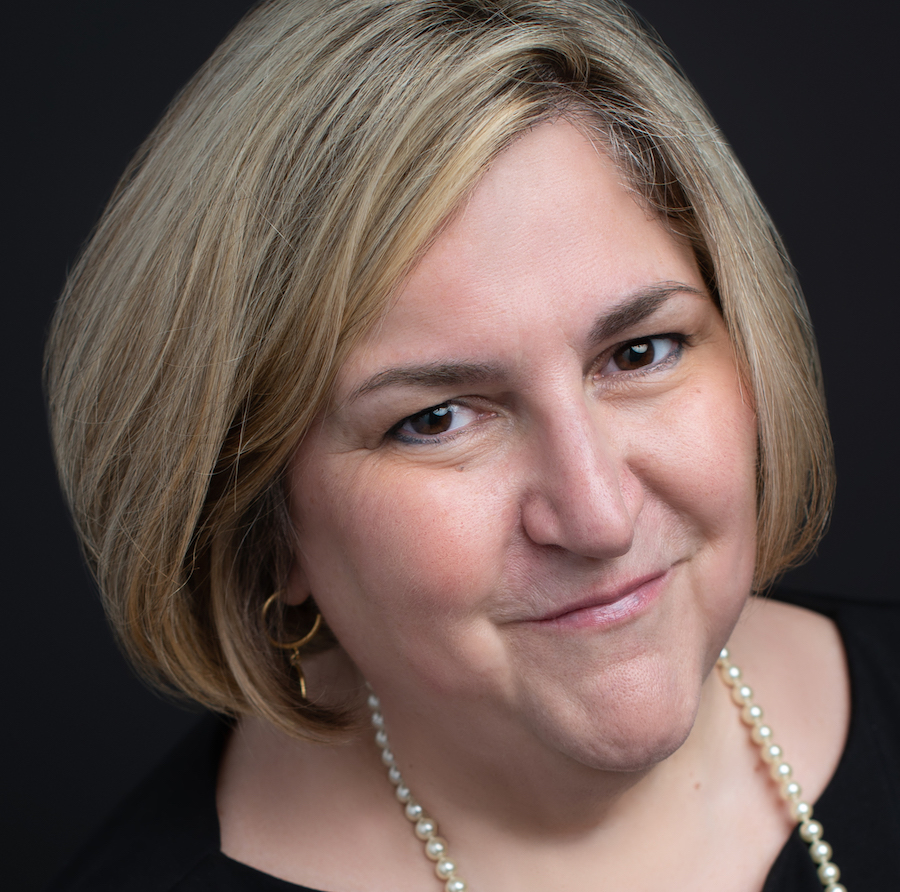4 minutes
Building a culture of inclusivity helps ensure each voice on your board is heard.
Once when my firm, Quantum Governance L3C, was looking at some assessment tools that might help our clients, we spent the fall taking them for a test drive.
We spent time looking at the DiSC profile, the CliftonStrengths assessment and more. In essence, we were putting our staff through some of the paces through which we often put our clients—boards of directors of credit unions, associations, foundations and other nonprofits. We use assessment tools with our clients with the intent to improve their ability to function as a team and increase their governance effectiveness.
With these test drives, I learned a lot about myself and my colleagues. I learned that I like “contributing to a calm, stable atmosphere” and “working with people who genuinely care about one another.” And I definitely don’t like “dealing with angry, pushy or argumentative people,” or “having to argue for [my] point of view”—although I think my husband would likely disagree with that last observation. One of the personality tests called me “amiable.”
The results of the tests helped me to understand some of the factors that motivate my behavior and the way that I communicate and interact with my colleagues, how they interact with me, and our own team’s dynamics. To this day, when one of my colleagues says I’m being “too soft,” I’ll simply reply, “Remember, I’m the amiable one.” It’s a common language and experience from which we can both draw.
But it can be tough sometimes, can’t it, when personalities and communications styles clash?
We all believe in the value of diversity. In fact, when we interview board members (and we interview a lot of them), diversity is one of the things that they feel their board is lacking the most! They believe that their boards (and their credit unions) would be better off if they reflected the diverse make-up of their credit union’s membership. And they are probably right.
At Quantum Governance, we define diversity as the quality of being different or unique at the individual or group level. And yet, while we’re all going around valuing and actively seeking diversity, it’s the very nature of diversity that can cause communications challenges.
My perspectives and the way I communicate are, by definition, different from the perspectives and communication style that my firm’s CEO brings to the table. First, the obvious: I am female; he is male. Second, I was raised in a small, rural town in Pennsylvania; he was raised, well, everywhere. He moved 25-plus times by the time he was 30. I was educated by liberals at UC-Berkeley; he, by the Jesuits of Georgetown. I studied literature; he studied law. I am a quiet, amiable communicator; he is larger than life. I like big, lumbering dogs (think Lab/Great Dane mixes!); he likes multitudes of small, cuddly pups. And yet, for more than 25 years, we have been working and collaborating happily and effectively together.
And you, too, can work effectively with those who are vastly different from you.
Instead of avoiding the challenges that will, by definition, arise from the diversity that surrounds you, embrace them. The true value of diversity is in what it brings us—the variety of thought, perspectives, context and experience. It helps us all—whether an entire credit union, its board or even an individual—grow and strengthen in ways that we never imagined.
There is a twin pillar to diversity that will show you the way. It is the notion of inclusivity. When a diverse board, team or even diversity in a one-on-one relationship challenges your ability to communicate, work to build inclusivity—an environment where everyone genuinely feels included, supported, heard and able to contribute to the success of the whole.
My father was a minister in that small rural Pennsylvania town where I grew up, and my amiable self was most likely born from his drilling into my head, “Try to understand the other person, Jennie,” which was his own definition of building inclusivity. When my communication style clashes with another, this is my go-to tactic. And I employ it all of the time.
Communication styles clash because people are diverse. Ultimately, however, making a diligent effort to work effectively and even thrive in a diverse world will not only enrich you as an individual but strengthen your board and your credit union’s leadership.
Jennie Boden is managing director of strategic relationships and a senior consultant at Quantum Governance L3C, Herndon, Virginia, CUES’ strategic provider for governance services. She has 25 years of experience in the national nonprofit sector and served as the chief staff officer for two nonprofits before coming to Quantum Governance. Quantum Governance provides credit unions, corporations, nonprofits, associations and governmental entities with strategic, cost-effective governance, ethics and management consulting, facilitation and evaluation.






